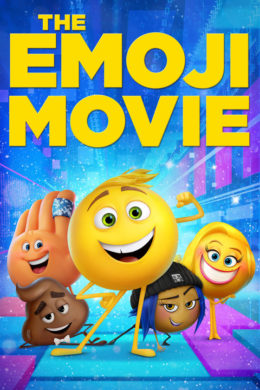
Every teacher knows that students love movie time in the classroom. It’s a welcome change from the ebb and flow of the school day and a great way to make learning meaningful. However, as a teacher, you know that movie time comes with its challenges: some students will want to zone out or relax, and it takes up a lot of class time.
Consider these tips to maximize student learning and engagement during classroom movie time.
1. Use short clips instead of the entire movie
In general, showing an entire movie to your class isn’t the most effective use of class time. Movies are designed primarily for entertainment purposes and contain a lot of filler that isn’t relevant to your lesson. Instead, showing short clips that convey key concepts and connect to your lesson objectives is a better approach. ClassHook is one website where you can find short, educational clips from movies and television suitable for classroom use.
2. Use subtitles
For students with hearing difficulties, subtitles are a must-have for movie time to be an equitable experience. Subtitles are also especially beneficial to student understanding for scenes that are heavy on audio because the extra visual modality helps students manage cognitive load.
3. Follow up with an activity
Requiring students to participate in an activity centered around the video clip helps move students’ learning from working memory into long-term memory. As psychologist Hermann Ebbinghaus’ forgetting curve suggests, humans forget roughly 56 percent of what they learned within an hour if that learning is not reinforced or connected to prior knowledge. Therefore, it’s often preferable to facilitate a discussion (class-wide, in small groups, or Think-Pair-Share), hand out a worksheet, or conduct another type of activity immediately after you’ve shown the clip in class.
4. Make sure it’s relevant
This one may seem obvious but can be overlooked in your search for a movie. In the context of education, movie relevance can be broken down into three buckets:
Lesson relevance: Is this movie relevant to the lesson I’m teaching?
Age relevance: Are my students mature enough to watch this movie/clip?
Recency relevance: Is the movie from the 1950’s, or is it a movie that was released recently?
Lesson relevance is important because it helps you accomplish your lesson objective. If the movie/clip is not relevant to your lesson, what is your purpose in showing it?
The importance of age relevance is probably a given: you don’t want to expose students to inappropriate content. It won’t look good on you as an educator.
Recency relevance is applicable when you’re showing short clips to your students. The more familiar your students are with the characters in the movie, the better. This not only gets them more excited to participate in a discussion or an activity about the clip but also has benefits to retention, as they can connect prior knowledge (familiar movie characters) to new information (your key lesson ideas).
Having a strong combination of all three types of relevance will make sure your use of movie clips is highly effective.
Introducing movies into your classroom doesn’t have to be a special occasion or a large time commitment. When used effectively, movies are a powerful instructional and engagement tool that can foster greater student learning and understanding.
Related Articles
Why You Should Use Movie Clips in Your Lessons
Where to Find Movie Clips to Use in Your Lessons
 Blog
Blog
2 thoughts on “4 Essential Tips for Educators Teaching with Movies”